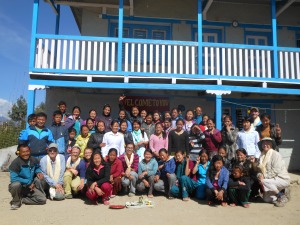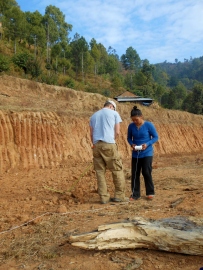International development is a tricky field. The lines between what is helpful for a community versus what is harmful for a community can be blurry. Especially when the help is coming from a foreign (often Western) country. As citizens of developed nations, we often like to think that we know what’s best for other countries without having a complete understanding of the environment that we’re entering. Many organizations and their projects base the needs-assessment for developing communities on the needs the we, as foreigners, see as priorities. But in reality, the focus should be on the perceptions and actualities of the country being helped. We should be sure that we are not imposing our priorities and our culture on these nations, but rather aiding their development in a way that enhances their own cultures.
International development needs a more effective and more thorough, anthropological approach to its work. Before saying these are your needs and here is how you should fix it, every group should ensure that they understand the actual situation at hand. What is the culture here? What is most important to the people? What systems do they have in place already? What are the obstacles (politics, resources, etc) that exist? What do the locals see as their greatest needs? What technologies exist already in this area? How will this affect the various members of the community?
One way to ensure that the correct approach is taken is to pursue partnerships with organizations that already exist in the particular community. I was lucky to observe Edge of Seven’s partnerships first-hand this fall. Having been involved with the organization for over a year, I’m familiar with all of the efforts that go on State-side and the projects that each team member takes on to educate the public on our mission, bring in donations and gather volunteers for our trips abroad each year. But the partnerships that are formed with organizations in the communities that they help are the pieces of the puzzle that makes the operations work—this is what drew me to Edge of Seven originally.
Being involved with local Nepali groups gives Edge of Seven a leg-up in the international field. They know exactly where the needed resources are. They are able to communicate daily and more effectively with the people of the community. They are able to help maintain the project site even when we don’t have a staff member present. All while being able to focus on providing the financial and volunteer support needed to complete each project.

Edge of Seven trekkers spend the day at the Salleri girls hostel with The Small World staff members.
Because of the local partners, Edge of Seven and other similarly-structured organizations are able to operate more efficiently and provide effective assistance to communities in need.
